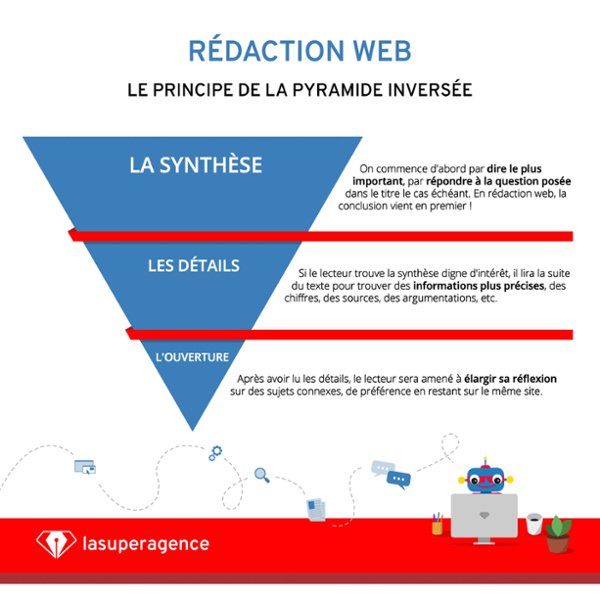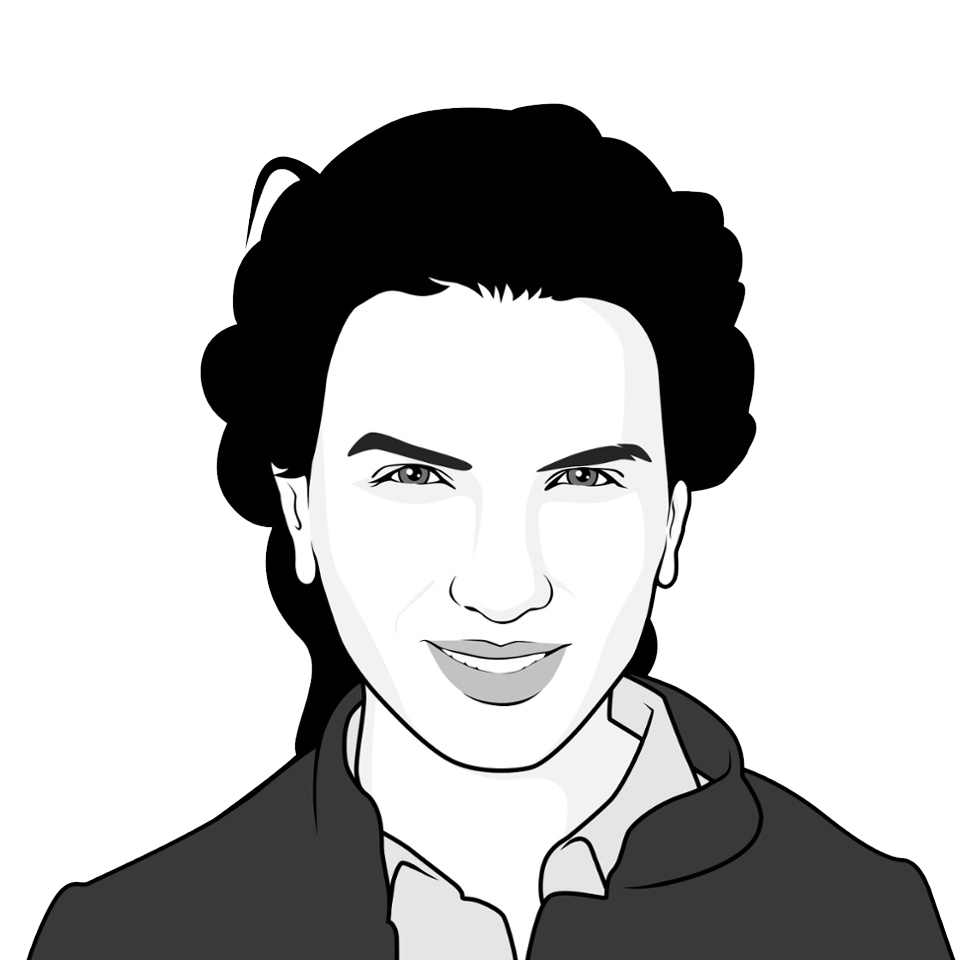Journalists are known for being constantly on the hunt for a scoop: they instinctively know if a story has the potential to go viral. They also know how to ask the right questions and make even very complex topics accessible to everyone.
Picking up any newspaper or magazine, one immediately finds a wide variety of topics in very different formats (mood post, survey, short story, etc.): there is something for everyone depending on their interests.
The print press may have had a rough few years since the advent of digital, but it's still an inspiration for all content creators looking for an audience.
Indeed, the strategy of producing SEO-optimized content for the purpose of ranking well on search engines is an effective strategy, but we should not lose sight of the notion of reader engagement.
Retour aux sources
Journalism schools teach their students how to write a story in a way that captivates its audience from the first lines.
Reporters who cover news stories are trained to always make a greater economy of words to report an incident.
A catchphrase like
"Ahouse in Neuilly-sur-Seine was broken into on Wednesday night and 10,000 euros worth of jewelry was stolen" becomes
"Burglars steal 10,000 euros worth of jewelry from a Neuilly-sur-Seine home Wednesday night."
The first formulation is not incorrect, but it does not encourage further reading. "A house" does not attract as much interest as "burglars". Note that for this, the active voice is significantly more effective than the passive voice.
This lesson is fundamental for Content Marketers who wish to engage their readers in a story.
Succinct content = successful content
Among the journalistic techniques widely adopted by Content Marketing, we find first and foremost the famous inverted pyramid.

Your content must strike the right balance: meeting the need for information and entertaining the reader.
When writing an article, it is essential to summarize the content in the introduction, and then develop an argument throughout the text.
Thanks to the inverted pyramid (see diagram below), the reader can easily decide whether to continue reading. The " who ", " what ", " where ", " how ", " why "( easier to remember in English with the 5 Ws rule: Who, What, Where, Why, HoW) should be mentioned in the first two or three paragraphs of the article.

Following the inverted pyramid concept captures the reader's interest and encourages them to read on.
The following paragraphs serve to fuel the argument with telling examples and figures.
Take Liberation as an example: a shocking headline or a pun and the reader's curiosity is immediately piqued!
The content we read every day-especially on social media-is all done the same way they attract attention with polemical, subversive, offbeat or challenging headlines.
This type of content suits us because it corresponds to our life habits a subway ride, a queue or a lunch break. Reading should be easy and that especially on mobile!
However, sometimes a quick read on a subject doesn't fit the cravings of the moment. Indeed, a reader may find himself or herself drawn into a story and want to know more about a topic.
At that point, the Evergreen Contentallows them to find out more about the topic.
Get into the details
In print newspapers, feature stories are included in each edition. These topics are intercut with photos or graphics.
One of the best ways to keep the reader's interest is to pepper the text with verbatim from experts.
Readers are naturally interested in different points of view and enjoy reading content that teaches them things while entertaining them.
 Relevant content should be halfway between information and entertainment
Relevant content should be halfway between information and entertainment
When writing content for marketing purposes, SEO and keyword work should not take precedence over creativity.
To the question, should you write for search engines or for users, the answer from our perspective, is this:
"You have to write for humans who use search engines" (Rand Fishkin)
Each piece of content should be able to answer questions like :
- What is my target audience ?
- What issue would my target want me to address ?
- How can I make my target's attention last ?
- What differentiates my content from others ?
- What makes a reader want to return to my site ?
Google rewards sites that have a low bounce rate : if the reader visits your site longer, it proves that you must have answered their questions and managed to capture their attention.
There is nothing more disappointing indeed than clicking on a metadescription full of promise only to land on content that is either not relevant or not very relevant.
The weight of words, the impact of photos
As the Paris Match slogan says, an image (video, photo, infographic) can be a very powerful tool to convey a strong message.
Don't forget that an image is interpreted 60,000 times faster than text!

This is particularly true for social networks. Easy to understand and interpret these contents are also the most shared.
What makes a story good ?
Having the ability to anticipate what will be remembered and make the front page of a newspaper is an essential part of being a journalist.
Editorial boards allow exchange within teams to determine a list of stories that can potentially make it to the front page.
The first rule of deciding which stories are worth publishing and where they will be published is to understand how the story may evolve and what audience it may reach. This is called storytelling.
This exercise may seem subjective, but some questions apply here, just as they apply to Marketers.
- What is the story being told ?
- What is the punchline ?
- Are there any figures ?
- Is the message free of interpretation ?
- Is the story credible ?
- Does it provoke an emotional response ?
- How many people can this story reach?
Despite the evolution of platforms and formats, digital still has much to learn from print.
In the media press, the goal is always the same : suscitate emotion in a few words and with meticulously selected images to trigger a buying act.
Making it your mission to entertain, educate or open the reader's horizons are journalistic principles that Marketers should draw on to create their storytelling.










